【温馨提示】 购买原稿文件请充值后自助下载。
以下预览截图到的都有源文件,图纸是CAD,文档是WORD,下载后即可获得。
预览截图请勿抄袭,原稿文件完整清晰,无水印,可编辑。
有疑问可以咨询QQ:414951605或1304139763
摘 要
压花镜框成型机是电机通过V带带动成型铣刀转动,通过夹紧装置夹紧工件、滑动控制台进行前后的铣削加工镜框的过程。压花镜框成型机在国内的应用已经十分广泛,因此前人在这方面已经积累了许多宝贵的经验。设计的过程中,在充分了解和学习前人的设计经验的同时,积极思考,努力发现新问题并进行创新设计,力求通过设计锻炼发现问题、分析问题、解决问题的能力。
本设计压花镜框成型机是由滑动控制台、三相异步电动机、铣削装置及各种夹紧压头组成。通过夹紧装置固定镜框材料,在滑动控制台完成铣削。经过文献的阅读了解压花镜框成型机的基本构造,能够较好的完成设计要求。
本设计在可行性分析基础上,确定了压花镜框成型机的总体机构方案,完成了各个部分的结构拟定和结构设计。
关键词:滑动;成型;夹紧;带传动;铣刀加工
Title:Design of Embossing Frame Forming Machine
Abstract
Embossing frame forming machine gets the driving force from motor frame through the V belt to driven rotating cutter shape, clamping devices, through the sliding console to the frame before and after the milling process The design process, in full knowledge and learning experience in the design of their predecessors at the same time, positive thinking, and strive to find new and innovative design, and strive to discover problems through the design of training, analysis, problem-solving abilities.
The design of embossing machine frame by sliding the console, three-phase asynchronous motor, milling devices and the first composed of a variety of clamping pressure. After reading the literature to understand embossing machine frame the basic structure, to better complete the design requirements.
The feasibility of the design basis of the analysis to determine the embossing machine frame of the overall agency program, the completion of the various parts of the structure of the development and structural design.
Key words: Sliding ;Forming; Clamping; Belt Drive; Milling processing
目 录
摘 要 I
Abstract II
第1章 绪论 1
1.1 概论 1
1.2 木工机械的现状和发展趋势 1
1.2.1 木工机械 1
1.2.2 木工机械的现状 1
1.2.3 木工机械的发展趋势 2
1.3 压花镜框成型机的总体设计方案 3
1.4 压花镜框成型机的设计原则 4
1.5 压花镜框成型机的设计步骤 4
第2章 电动机的选择 6
2.1 电动机的选择 6
2.2 本章小结 7
第3章 成形铣刀轴组件的设计计算 8
3.1 主轴的设计计算 8
3.1.1 初步确定轴的最小直径 8
3.1.2 轴上零件的轴向和周向定位 9
3.1.3 轴的结构设计 9
3.1.4 轴的受力分析 10
3.2 校核轴的强度 11
3.2.1 按当量弯矩校核轴的强度 11
3.3 本章小结 15
第4章 带传动的设计计算 16
4.1 V带的选用及初步拟定 16
4.1.1 设计功率 16
4.1.2 选择V带的带型 17
4.1.3 传动比 17
4.1.4 带轮的选择 17
4.1.5 带轮的工作图 20
4.2 带传动的轴承选择 20
4.3 平键联结的强度计算 21
4.4 本章小结 21
第5章 弹簧夹紧装置之弹簧的设计计算 22
5.1 弹簧夹紧装置之弹簧的选用 22
5.2 弹簧夹紧装置之弹簧的计算 22
5.3 弹簧的稳定性计算 24
5.4 本章小结 24
第6章 轴承的选择校核及箱体及铣刀结构的确定 26
6.1 各轴上的轴承选择 26
6.2 轴承的校核 26
6.3 箱体结构设计 27
6.4 铣刀结构设计 28
6.5 润滑方案 28
6.5.1 轴承的润滑 28
6.5.2 压筒以及手轮压头的润滑 28
6.5.3 滑动系统的润滑 28
6.6本章小结 29
第7章 机器的使用和维护 30
7.1 使用注意事项 30
7.2 保养与维护 30
7.2.1 V带的保养及维护 30
7.2.2 整机保养 30
7.3 故障排除 31
7.4 本章小结 31
结 论 32
致 谢 33
参考文献 34
第1章 绪论
1.1 概论
压花镜框是镜框的一种,一般以木材为原材料,比普通镜框的厚度尺寸稍大,适用于压花的装饰作用。
压花镜框可以由铣刀铣削加工成型或者由雕刻机雕刻成型。雕刻机加工的速率相对较慢,但可以雕刻成多种花纹形状,外形精美,是生产压花镜框不可缺少的设备,在市场上可以找到多种型号的木工雕刻机用于雕刻压花镜框。本课题准备设计出适用于压花镜框的铣削成型机,以镜框的加工要求为基础,设计出低成本、高效率的专用压花镜框成型机。
压花生产线包括进料部分、模压部分、出料部分、镜框成型、组装部分等等。其中,压花镜框成型机是压花生产线中的重要组成部分,能使压花生产线可以解决当前压花制作的机械化和自动化问题,从而降低压花成本,使其成为人们生活中的低价销费品,让更多的人们能够买得起压花产品。

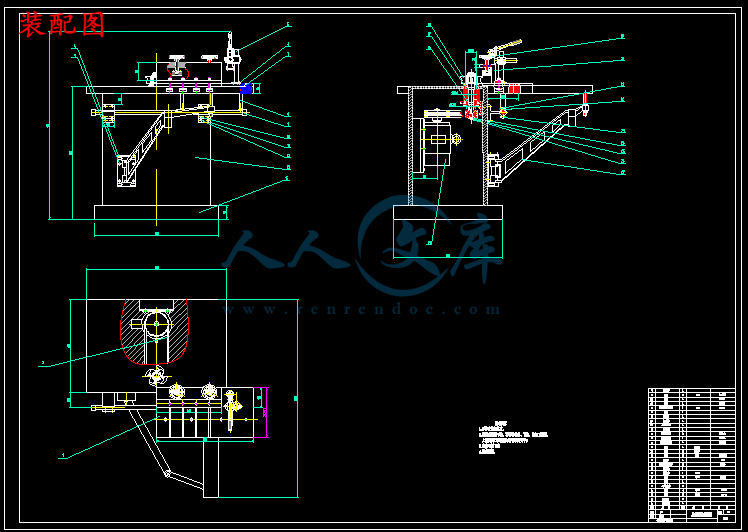


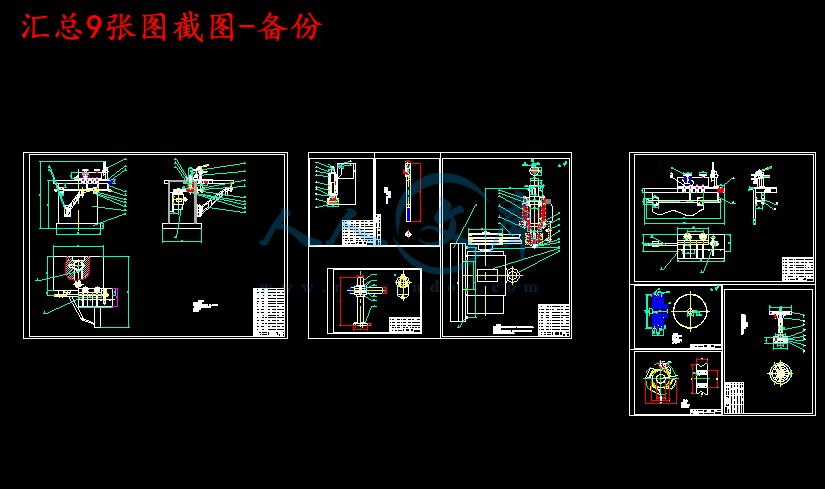

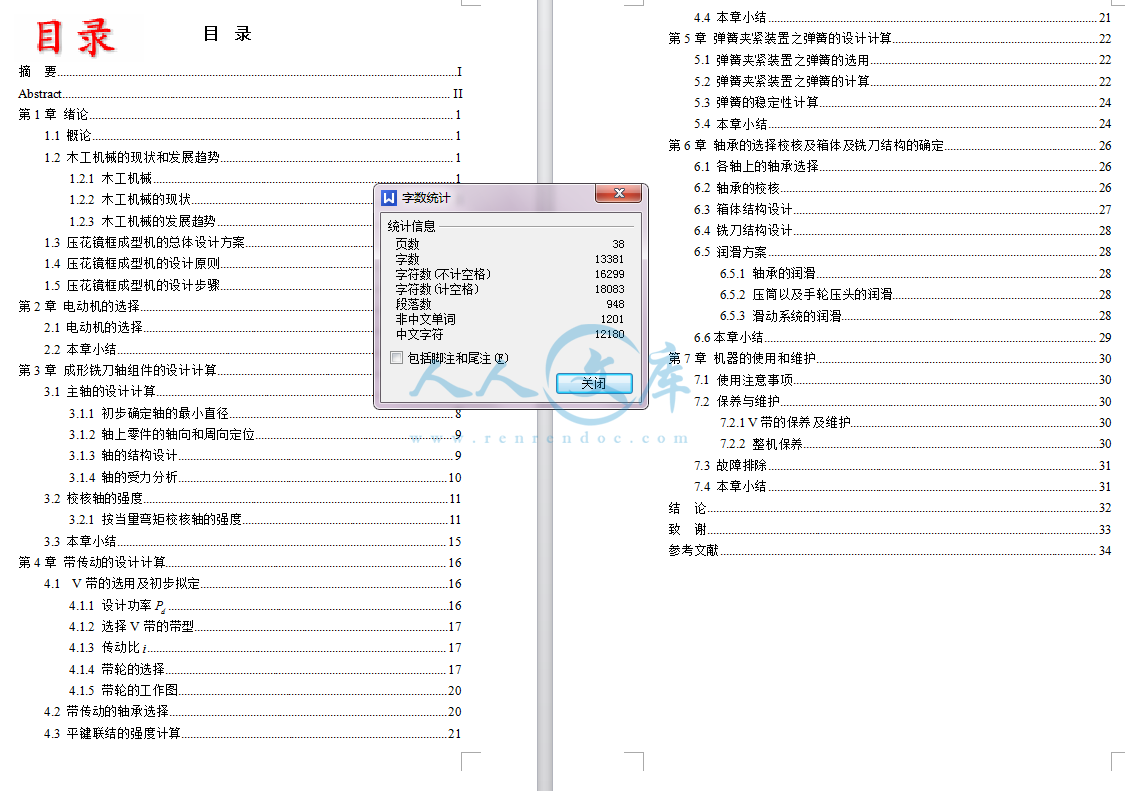
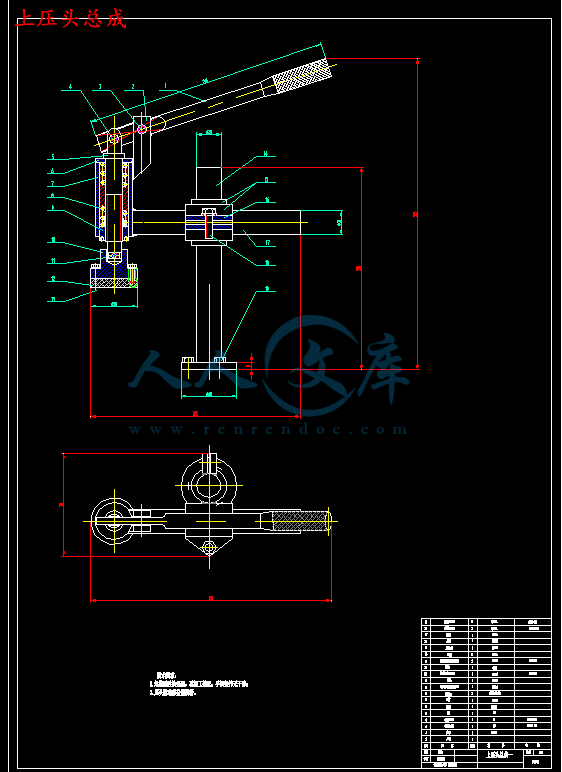
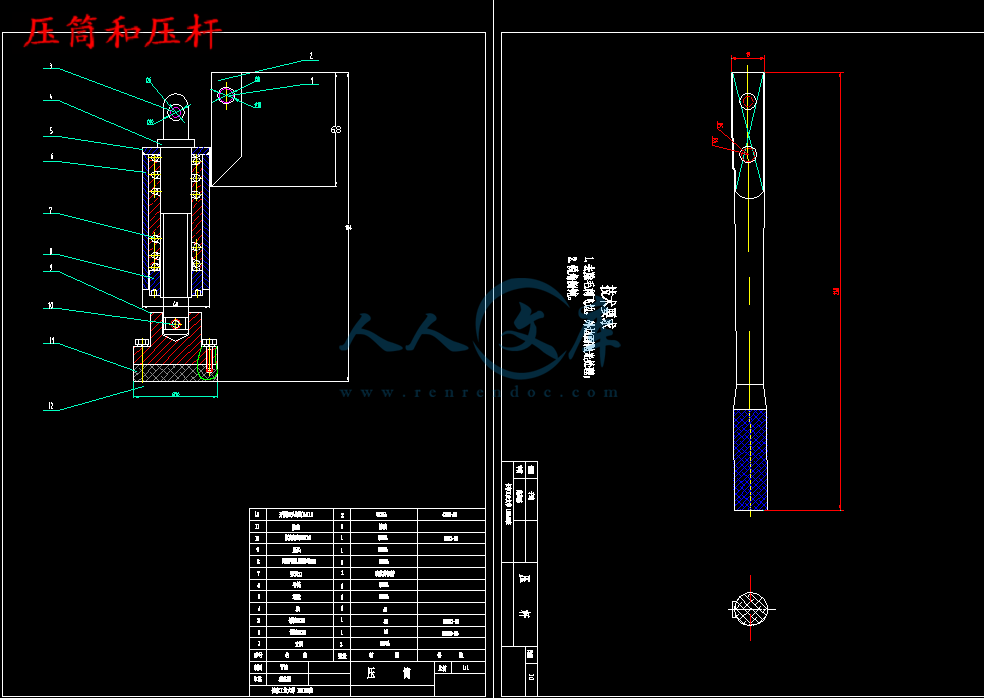

 川公网安备: 51019002004831号
川公网安备: 51019002004831号